![]() css-tricks.com
css-tricks.com
Quick Hit #13
Happy birthday, Chris Coyier — and thank you for CSS-Tricks as well as everything you do at CodePen, ShopTalk, Boost, …
![]() css-tricks.com
css-tricks.com
Happy birthday, Chris Coyier — and thank you for CSS-Tricks as well as everything you do at CodePen, ShopTalk, Boost, …
![]() css-tricks.com
css-tricks.com
Giant kudos to Scott Jehl on releasing his new Web Components De-Mystified online course! Eight full hours of training from …
![]() css-tricks.com
css-tricks.com

Eric gifting us with his research on all the various things that anchors (not links) do when they are in …
![]() css-tricks.com
css-tricks.com

A gem from Chris Ferdinandi that details how to use custom events to hook into Web Components. More importantly, Chris …
![]() css-tricks.com
css-tricks.com
Hey look at that, the State of CSS Survey for 2024 is open and taking submissions.
![]() css-tricks.com
css-tricks.com

You ever find yourself in bumper-to-bumper traffic? I did this morning on the way to work (read: whatever cafe I …
![]() css-tricks.com
css-tricks.com

A client asked if we could mimic the “rubber band” scrolling behavior on many mobile devices. I’m sure you know …
![]() css-tricks.com
css-tricks.com
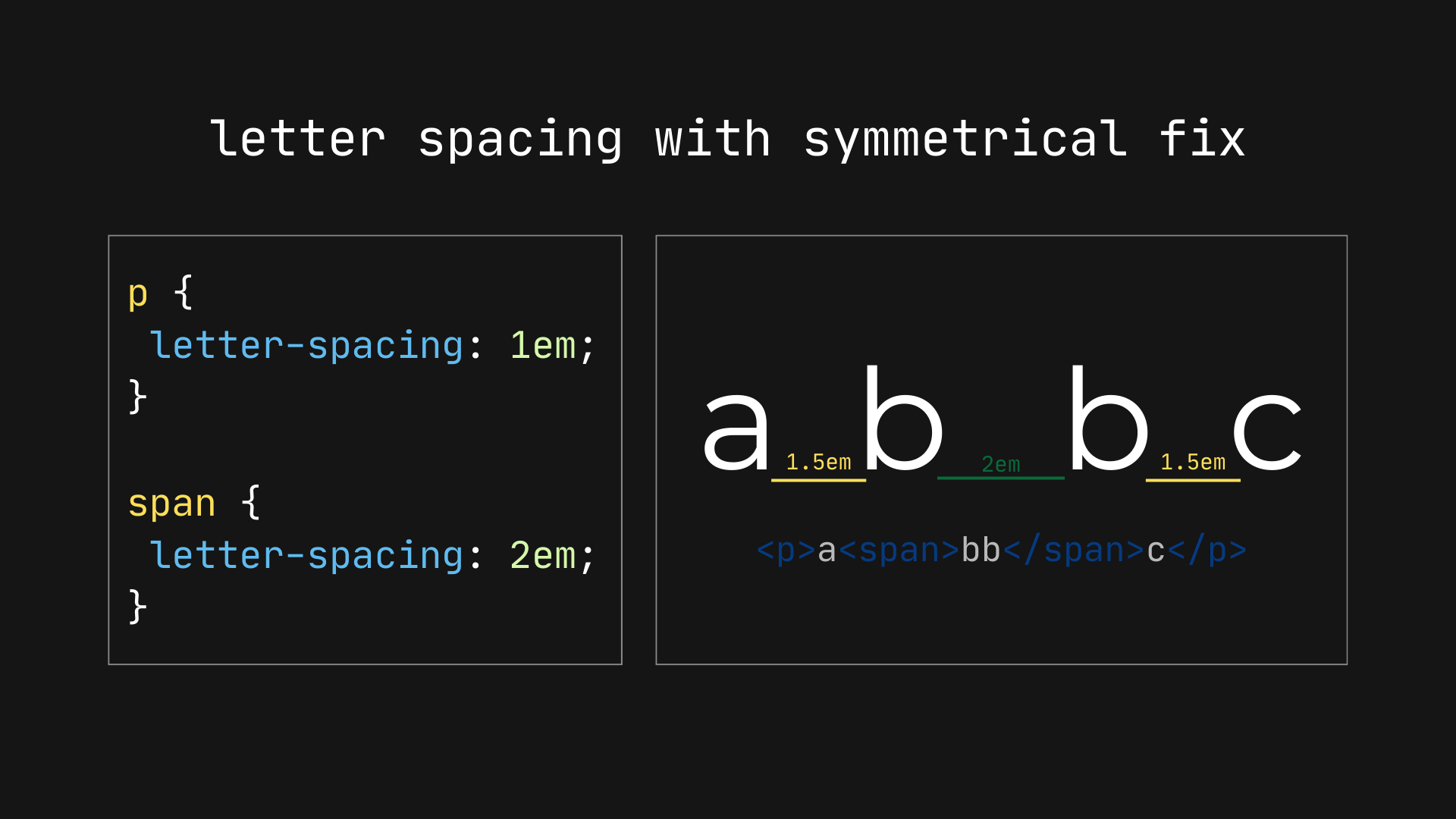
A couple of weeks ago I was super excited about publishing my first CSS-Tricks post: “Letter Spacing is Broken. Forget …
![]() css-tricks.com
css-tricks.com

I can’t say I would have ever expected to see Jeremy Keith performing the Yeah Yeah Yeahs song “Maps”, but …
![]() css-tricks.com
css-tricks.com

Every programming language has loops. Loops perform an operation (i.e., a chunk of work) a number of times, usually once …
![]() css-tricks.com
css-tricks.com
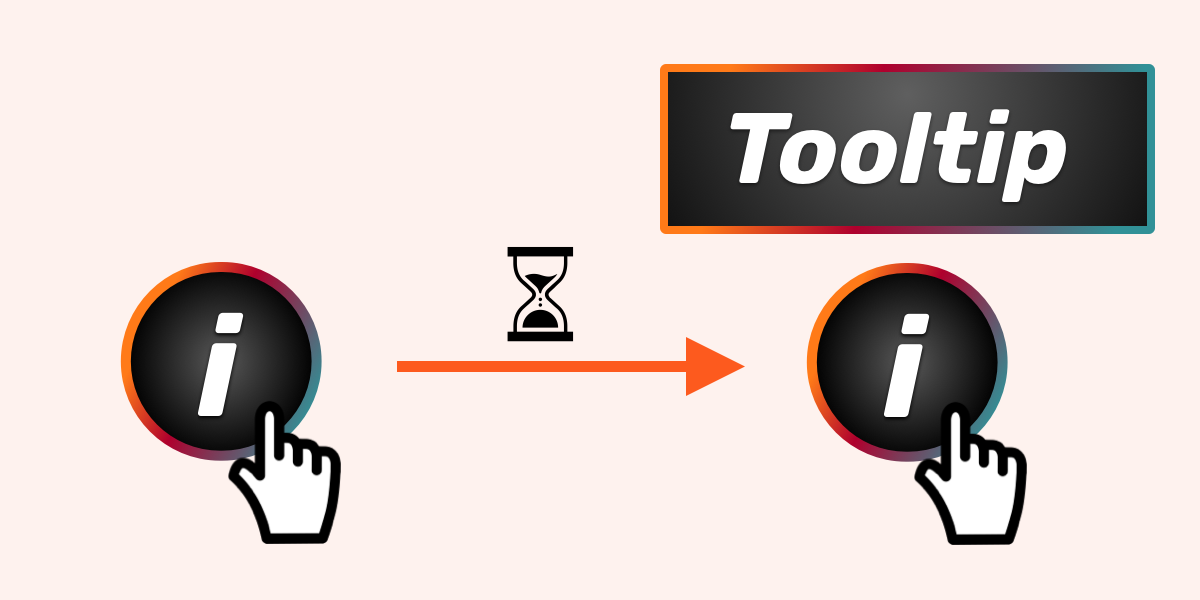
I was just going over the latest CSSWG minutes (you can subscribe to them at W3C.org) and came across a …
![]() css-tricks.com
css-tricks.com
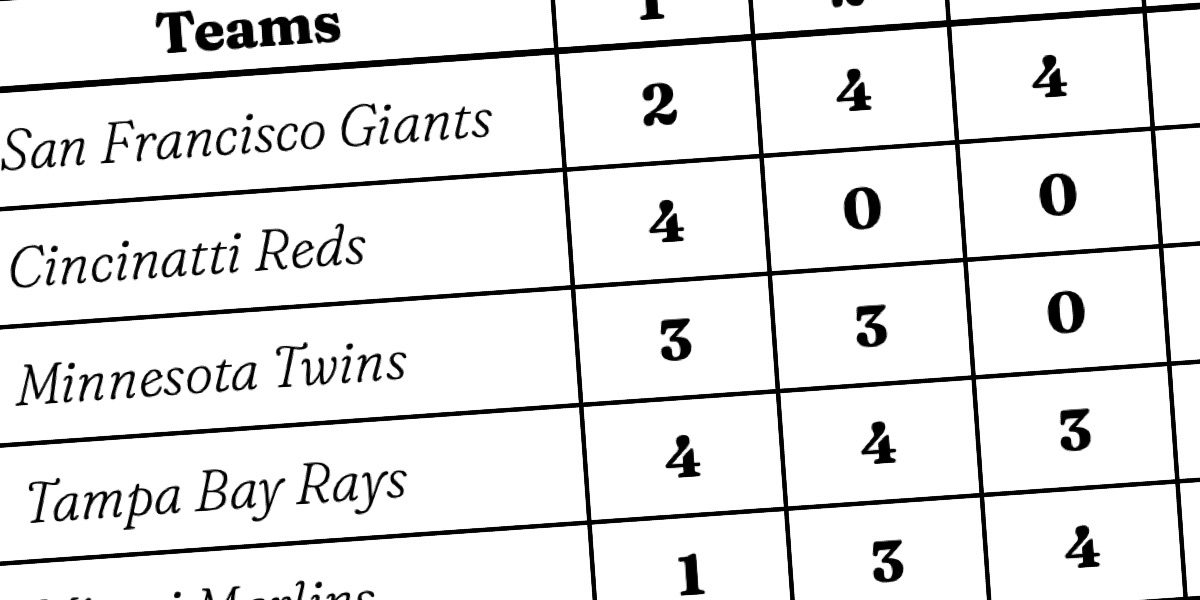
Yes, yes. Functionally, they are different. But heck if I didn’t know about the wacky thresholds until Jens Oliver Meiert …
![]() css-tricks.com
css-tricks.com
Free e-book from Jens Oliver Meiert that’ll bore you to death in the best way: Rote Learning HTML & CSS
![]() css-tricks.com
css-tricks.com
Killed by Google is called a “graveyard” but I also see it as a resume in experimentation.
![]() css-tricks.com
css-tricks.com

Modern CSS keeps giving us a lot of new, easier ways to solve old problems, but often the new features …
![]() css-tricks.com
css-tricks.com
“This isn’t a website. Or even a blog. It’s a conversation.” That’s the idea! Jay Hoffman and I’ve been chatting …
![]() css-tricks.com
css-tricks.com
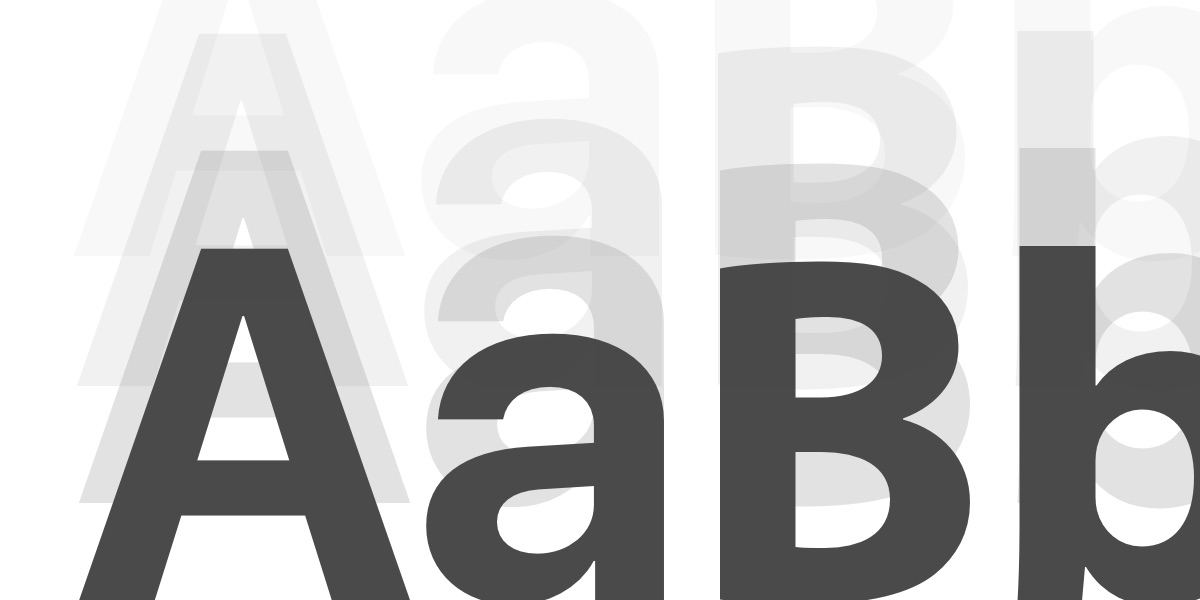
You might recall that Alvaro suggests bumping up font-size to 1.25rem from the default user agent size of 16px. Sebastian …
![]() css-tricks.com
css-tricks.com

Mental health is always tough to talk about, especially in an industry that, to me, often rewards ego over vulnerability. …
![]() css-tricks.com
css-tricks.com
Heydon with a reminder that <address> isn’t for, you know, mailing addresses.
![]() css-tricks.com
css-tricks.com
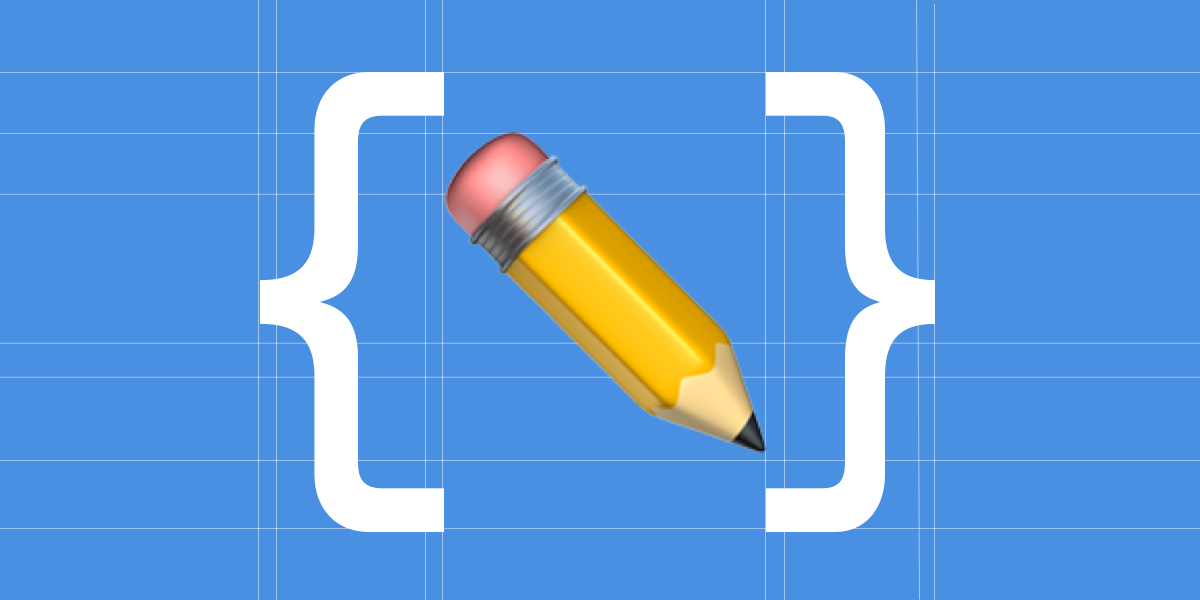
A new explainer for a new HTML attribute to handle handwritten inputs. Like this: The primary use case is for …
![]() css-tricks.com
css-tricks.com

Remember these? Chris would write a post now and then to chronicle things happening around the ol’ CSS-Tricks site. It’s …
![]() css-tricks.com
css-tricks.com

Ever search for CSS info and run into some article — perhaps even one or a dozen on this site …
![]() css-tricks.com
css-tricks.com

Christian Heilmann gave this talk at Typo3 Developer Days. I’m linking it up because it strikes an already stricken nerve …
![]() css-tricks.com
css-tricks.com

It was a few years ago during the 2020 Olympics in Tokyo 2020 that I made a demo of animated …
![]() css-tricks.com
css-tricks.com

Heydon on the virtues of hyperlinking hypertext in an anchor element: Sometimes, the <a> is referred to as a hyperlink, or simply …
![]() css-tricks.com
css-tricks.com
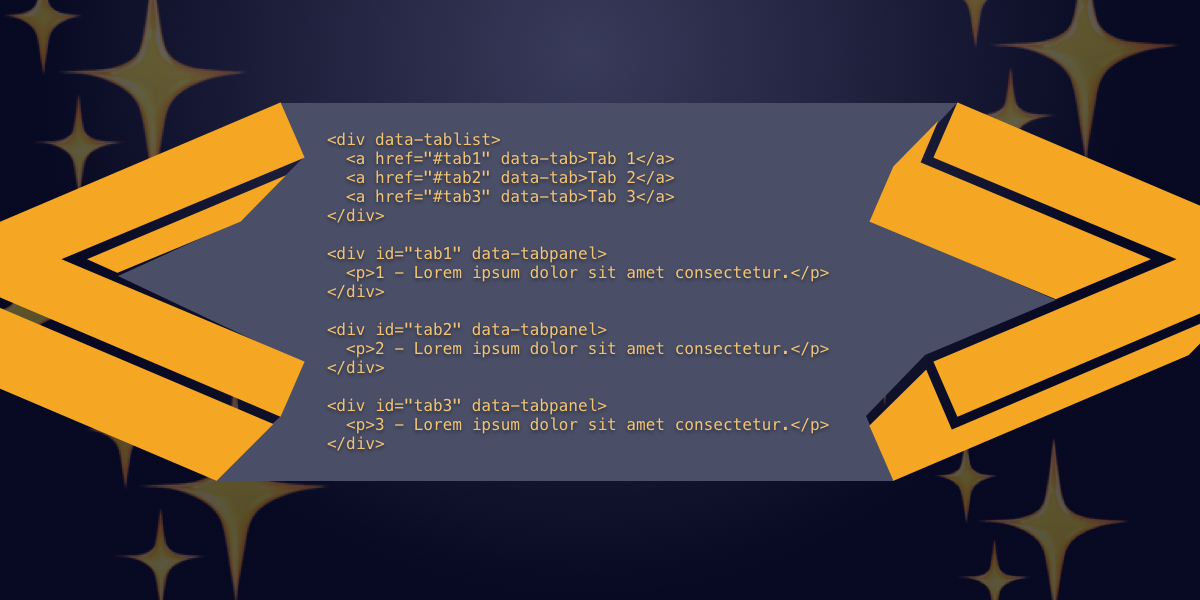
I have to thank Jeremy Keith and his wonderfully insightful article from late last year that introduced me to the …
![]() css-tricks.com
css-tricks.com
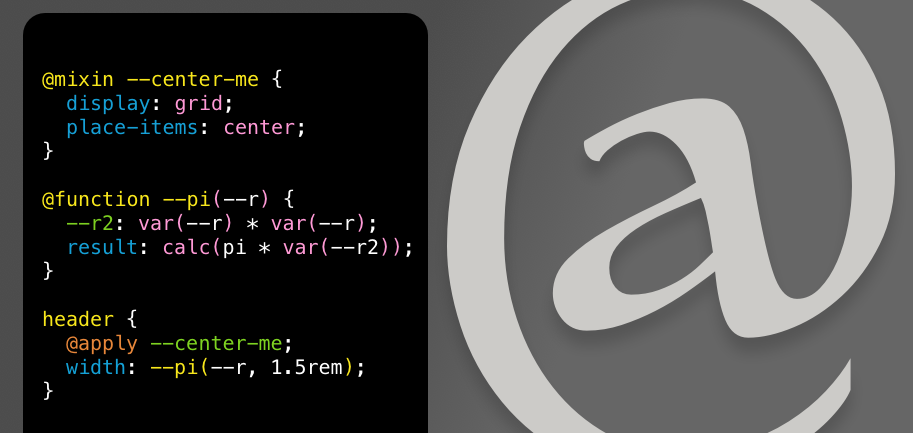
Most days, I’m writing vanilla CSS. Thanks to CSS variables and nesting, I have fewer reasons to reach for Sass …
![]() css-tricks.com
css-tricks.com

It’s been a few months out since A Book Apart closed shop. I’m sad about it, of course. You probably …
![]() css-tricks.com
css-tricks.com

Smashing Magazine invited me to sit down for a one-on-one with “Uncle” Dave Rupert to discuss web components, yes, but …
![]() css-tricks.com
css-tricks.com

This post came up following a conversation I had with Emilio Cobos — a senior developer at Mozilla and member …